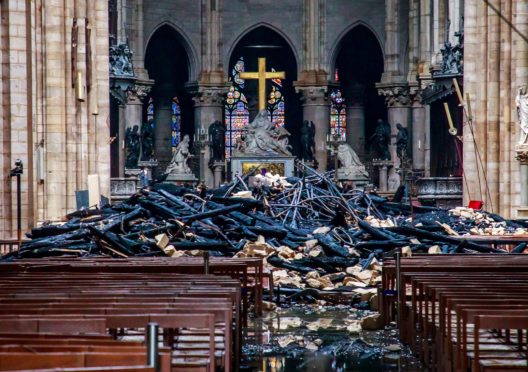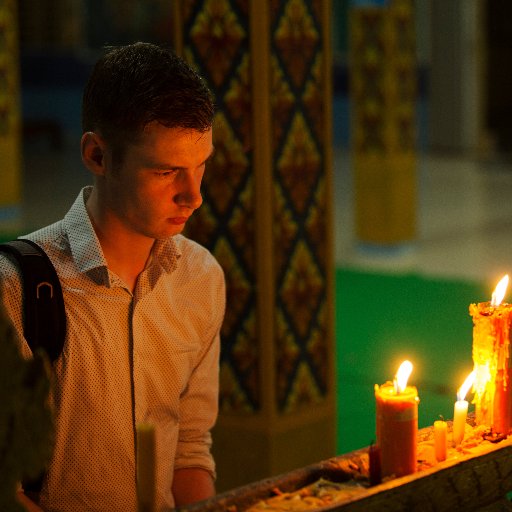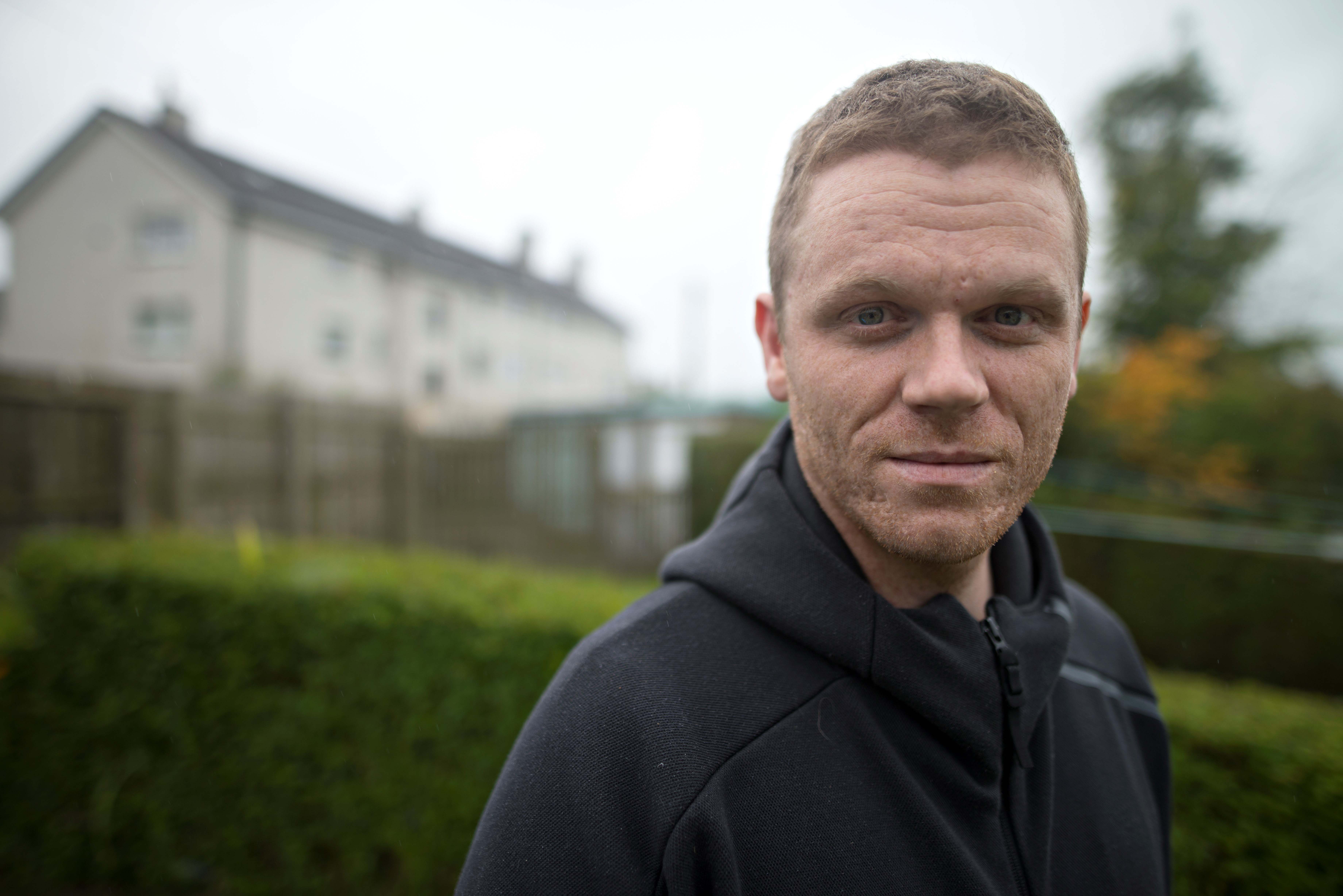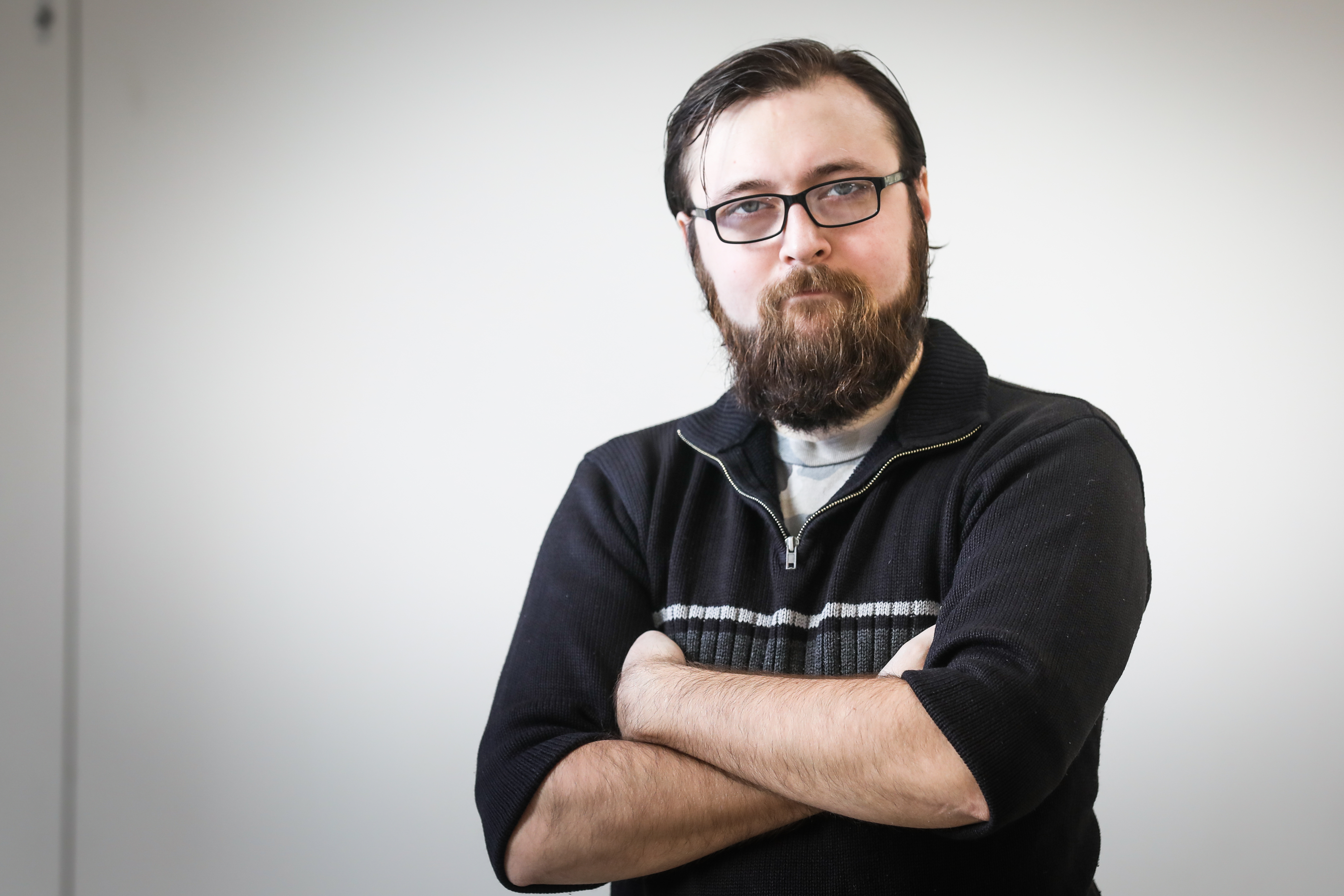
The world stopped in horror on Monday as a devastating fire raged through Notre Dame cathedral in Paris.
As France grieved over the damage to their national icon, President Emmanuel Macron vowed it would be rebuilt “even more beautifully” and set a target of just five years. Donations poured in, from billionaires, companies, and members of the public, reaching nearly one billion euros within a few days.
But, against a background of social and political turmoil in France, the outpouring of financial support also prompted questions about why some donors offered so much so quickly, and why other disasters have not have not received the same level of support.
Here, MARK AITKEN asks experts and commentators for their views on the future of Notre Dame.
Daniel Harkins, Scottish Catholic Observer editor
A sense of loss could be seen across social media last week as a fire raged at Notre Dame.
Though religion may be declining in parts of the West, the tragedy in Paris reminds us that our culture still owes a great debt to Christianity and we still maintain an emotional bond to a religion that shaped much of our architecture, structures and traditions.
The cathedral should be rebuilt, and rebuilt in keeping with the fact that it is a Catholic place of worship. It has been disappointing to see, in much of the media coverage, little mention of the pain suffered by Catholics at seeing one of their greatest cathedrals burn in Holy Week.
Last year I visited Notre Dame. It was mid summer, and packed. But, inside, there was reverence. Staff gently reminded people it was a place of worship, and I was invited to take part in evening prayer.
The cathedral held an atmosphere and a beauty that resonated long after I returned to Scotland.
Six months later, I visited St Patrick’s Cathedral in Dublin. I had to pay to get in. A garish gift shop took up much of the floor-space, selling non-religious trinkets. Secular exhibitions were dotted around the cathedral.
St Patrick’s suffers as a result of this. It may be a magnificent building, but it made less of an impact on me than the Guinness Brewery tour I took an hour later.
If Notre Dame is rebuilt into a modern monstrosity, if secular culture becomes part of its redesign, it will suffer greatly.
Regardless of your faith, pray Notre Dame is rebuilt as it was – a place of Catholic worship.
Darren ‘Loki’ McGarvey, author and rapper
I absolutely think Notre Dame should be rebuilt. There are aspects of culture and history that must be preserved at almost any cost. They tell us a lot about where we’ve come from, how far we’ve come and where we are as a civilisation.
But another metric we need to use is the growing divide between winners and losers in society.
In the response to this tragic event, we see the divergent interests, aspirations and wealth imbalance within the populations of many countries.
It is having a destabilising effect on social cohesion and we are seeing populism emerging out of that well of anger.
I long for a society where the preservation of historical artefacts and basic human needs don’t come into conflict. But unfortunately they do.
I’m not trying to take anything away from donors’ generosity. But it does raise questions about how quickly wealth can be mobilised in pursuit of some things and how slow it is in others.
There is a problem where this idea of philanthropy is reinforced – as if the super-wealthy are benevolent agents in a chaotic world.
While I don’t doubt people with great wealth have great intentions and do great things with their money that helps a lot of people, it is undeniable there are deep-seated, structural issues about wealth distribution and its power alignment.
I hope we get to a point where there aren’t as many people homeless and struggling, and where using vast sums to restore an old church doesn’t seem so out of touch to so many people.
Alan Dunlop, Architect and academic

I applaud the audacity of the French in announcing so quickly an international competition to redesign the spire.
President Macron is even talking about rebuilding Notre Dame more beautifully, which suggests the French are considering the possibility of not replicating what was there before but replacing it with something new.
I think that is very ambitious and, frankly, quite wonderful.
It is interesting to compare it to what is happening with the Glasgow School of Art. Immediately after the fire at the Mackintosh building, the reaction was it had to be replicated brick by brick. I was one of the few to question whether that was the right thing to do.
The Mackintosh building, as tragic as the fire was, was not the symbol of a nation in the way Notre Dame is the manifestation of French heritage.
Relatively few Glaswegians have ever visited the Glasgow School of Art but as soon as there was a fire, the kneejerk reaction was that it had to be rebuilt brick by brick. They didn’t even want to contemplate the prospect of building something new.
So I applaud the French and their approach. Whether they actually build something new or replicate the 850-year-old cathedral is entirely up to them, but it is a philosophical debate I hope they will have.
Ewan Gurr, anti-poverty campaigner
I have been a Christian since my late teens. It has motivated my life’s journey.
One of the key tenets of the Christian faith is the belief that we need to invest in the “living stones” – not the physical stones.
There are more than 2000 Old and New Testament scriptures that talk about care and service for the poor, widowed, needy, orphaned and victims of injustice.
Rather than renovating the roof of Notre Dame, the French government should be renovating the communities throughout the country that have been hit by the economic crisis.
France’s economy has flatlined, and when economies suffer it is always the poorest who suffer. That’s where money should go, not on rebuilding an old relic.
As much as I understand Notre Dame has a cultural and physical value for the community, I would be investing resources in the lives of men, women and children up and down the country.
France is a country in political and economic turmoil. You can see the political uprising every Saturday with the yellow vests.
I would prioritise any resources to rebuild, renovate and recharge communities.
Rebuilding a relic is just not where the money should be going, and I say that as a person of faith.
- Ewan is a columnist for our sister title the Evening Telegraph

Enjoy the convenience of having The Sunday Post delivered as a digital ePaper straight to your smartphone, tablet or computer.
Subscribe for only £5.49 a month and enjoy all the benefits of the printed paper as a digital replica.
Subscribe © Daniel Harkins / Twitter
© Daniel Harkins / Twitter © Steven Reynolds
© Steven Reynolds © Mhairi Edwards/DCT Media
© Mhairi Edwards/DCT Media